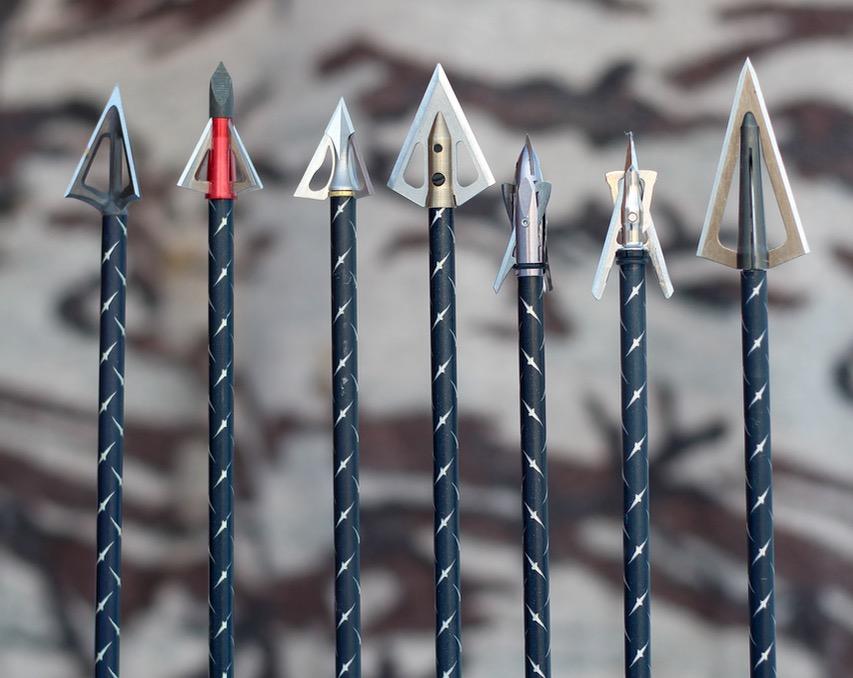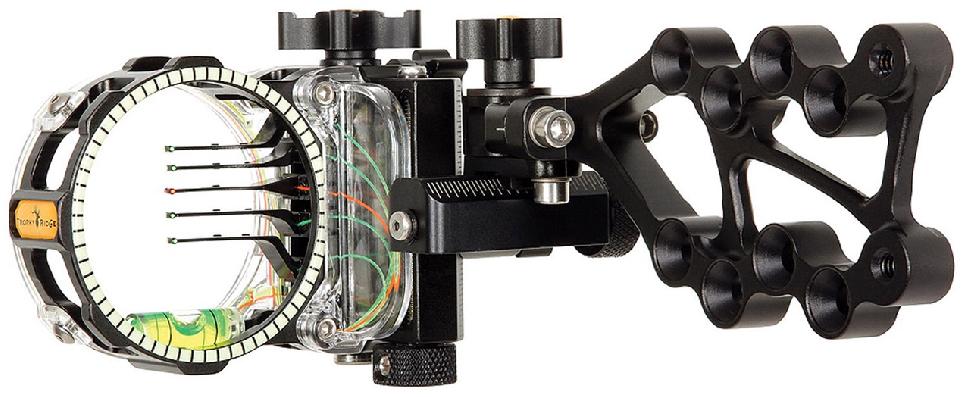Choice Cuts
Slicing Through Today's Dizzying Array of Broadhead Options
Advertisement
With a stiff breeze in my face, I was 30 metres from a bedded bull elk, but all I could see were his tall tines protruding above the native grass. As I drew, he snapped to attention and bolted. Responding to my single cow call, the bull hit the brakes at 50 metres, and I released my arrow. Tipped with a three-blade mechanical broadhead, it passed through his torso at a quartering away angle, leaving enormous entrance and exit wounds.
Even with that much trauma, the giant bull still covered another 150 metres before succumbing. Elk are just that tough, showing how important it is to pick the right broadhead to get the job done. With so many choices these days, however, that’s sometimes easier said than done. To help you select the proper broadhead for your needs, keep the following factors in mind.
Advertisement
Broadhead Styles
Essentially, there are two types of broadheads: fixed-blade and mechanical blade. As the name suggests, fixed-blades feature blades fixed in place that cut on contact, while mechanicals have moving blades that deploy upon impact to create a wound channel and maximize hemorrhaging.
Of course, within those two categories, there’s a seemingly endless array of different configurations. For example, some broadheads are a single unit, while others have removable blades that can be replaced as needed.
Then there are versions with two, three or four blades, those with bleeder blades—smaller blades typically offset at a 90-degree angle from the primary blades—and still others with different cutting diameters. All bowhunters develop a preference over time based on the type of hunting they do or the species they target.
Advertisement
Blade Count
How many blades should your broadhead have? Again, it really comes down to personal choice. Some bowhunters prefer three or four blades, which offer more cutting surface to cause more hemorrhaging and therefore create a better blood trail. Others prefer two blades because they may penetrate deeper and, in some cases, increase the odds of a pass-through. My go-to for most species is a cut-on-contact, one-piece, stainless steel fixed-blade broadhead with three blades.
Bow Speed
Traditionally, bowhunters shooting slower speeds (owing to lower draw weights) have been told to use fixed-blade, cut-on-contact broadheads of 1¼ inches or less to improve penetration. While this was a consideration 20 years ago, the equation is much different today. If balanced properly, many modern lower-poundage bows can shoot just as efficiently as those with heavier poundage, regardless of the type of broadhead.
Game Considerations
The type and size of broadhead you choose should relate to the species you are hunting, so before you make your decision, ask yourself some questions about the animal you’re after. Does it have a dense torso? Is its hair coarse? Does it have a large or small body? What are the odds of hitting a large rib bone?
That said, when we’re talking about most North American big game, a quality, razor-sharp broadhead, whether fixed or mechanical, will ultimately do the job if the shot is properly placed. A bowhunter’s first goal, after all, must always be to deliver a lethal arrow that maximizes hemorrhaging of vital organs. Ideally, that means sending a broadhead directly into—and through—the lungs, creating both an entrance and exit wound.
In the end, it’s up to individual bowhunters to determine which make, model and design of broadhead will get the job done, taking into consideration how well it shoots from their bow and whether it’s suitable for the type of game they’re pursuing. Experiment with a few and you’ll soon determine the best choice for you.
Tuning Tip
If you practise with field tips in the off-season—and every bowhunter should—you of course must switch to broadheads before hunting season. Since they rarely shoot the same as field tips, however, most fixed-blade broadheads require you adjust your sight pins, which will be typically off by a few inches. Some hunters also align the blades with the angle of the fletching to stabilize arrow flight for downrange accuracy. Since mechanicals are designed to shoot exactly like field tips, on the other hand, little to no adjustment is generally needed.


